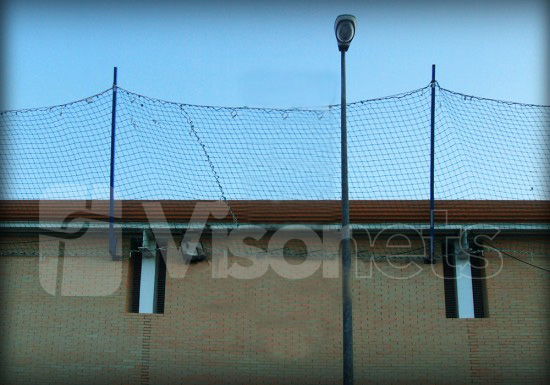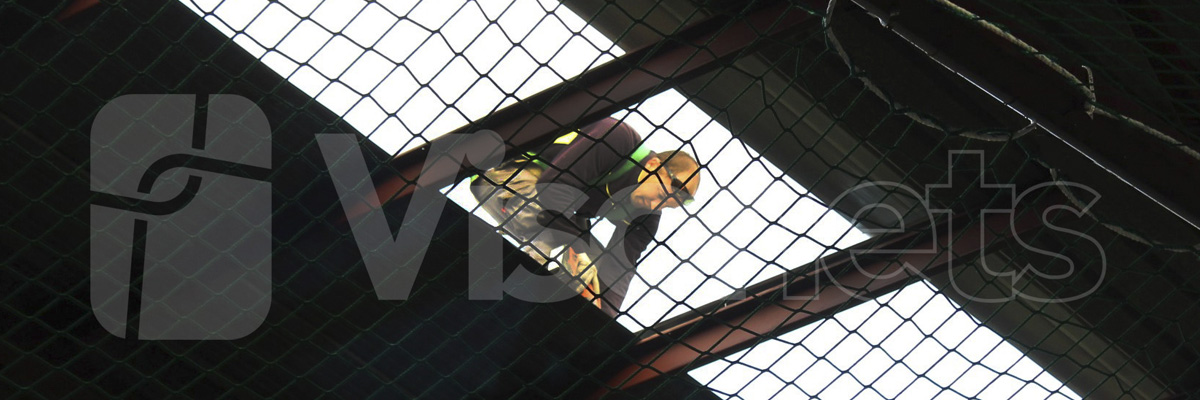Safety nets for fragile roofs – Safe working practice
Approximately 7 people is killed every year in the UK due to fatalities during different works on fragile roofs without safety nets
One of the most causes of fatalities or injuries on construction sites occurs during different works on industrial roofing. Approximately 7 people is killed every year according to Health and Safety Executive from United Kingdom statements. Almost all of that accidents are caused by falls from heights on the fragile roofs or roofing parts of industrial, commercial or farms buildings. Apart of the killed people there are so many seriously injured.
The works involved in these kind of fragile roofs regards to cleaning, repairs or substituting old sheets by new ones.
Certainly, the surfaces which presents risks normally are old skylights or roof lights. As well as old panels, non-reinforced fiber cement sheets, metal sheets affected by corrosion, glass and some others rotted parts.
Things to do if you are a building owner
To make a plan for the works differentiated by works, risks and measures for prevent them. Specially for the parts which are normally in bad conditions. The owner must include in this plan:
- Access to the roof.
- Use of Mobile Elevating Work Platforms (MEWP).
- Personal Protective equipment as permanent of mobile lifelines.
- Passive protective systems for fragile roofs such as safety nets type S and Edge Protection with safety nets type U.
- The use of Walk-On net or TAP (Tensioned Access Platfforms) or rope access techniques.


Fully recommendable is using different and specialized contractors for the safety net type S and U installation and the main roof contractors as well. Obviously be aware both of them are qualified and trained as well for doing those jobs.
The building owner is the direct responsible for the safety and criminally prosecuted if any fatality occurs.
Once the works are finished the safety net type U for edge protection can be removed and temporary lifelines as well.
But apart from the definitive lifelines, in Visornets we recommend to keep the safety nets type S underneath the roof. Thus, it can be used again for maintenance labors and the safety net is not affected by the UV radiation.

